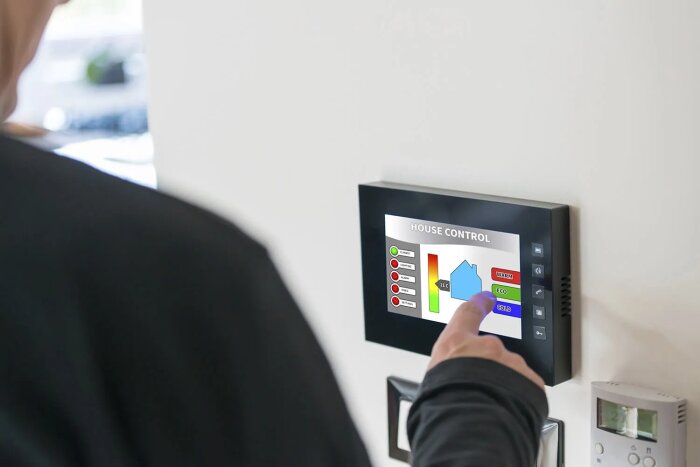IoT is set to impact all areas of activity and will likely lead us toward a smarter world.
El Hassan Cherqi
What does Internet of Things mean?
The Internet of Things (IoT) is the extension of the internet to more tangible things, whereas it was previously limited to the virtual world.
These days, we hear more and more about the Internet of Things and its impressive growth. Owners, operators, and suppliers of complex devices aim to improve operational performance, increase customer satisfaction, extend product lifespans, and better understand their business operations.
But before diving in, the essential question is:
Which network should you choose to connect these objects?
Connecting objects means relying on heterogeneous connectivity networks. The use case varies based on the volume of data to be processed, the environment, the type of information to collect, the coverage area, and the object itself. For example, a connected water meter won’t have the same communication needs as a connected camera.
So which network should you choose in the complex IoT ecosystem? Low-speed networks, operator-managed networks, private networks, cellular networks, or LPWANs?
LPWAN networks for IoT
Low Power Wide Area Networks (LPWAN) emerged to meet the specific needs of connected devices. Two key players in this category are Sigfox and LoRa, both dedicated entirely to IoT.
Sigfox and LoRa are based on Ultra Narrow Band (UNB) technology. They aim to transmit small amounts of data over long distances to support sensor-based applications.
Sigfox network
Sigfox, a French startup, deploys its own proprietary network. It offers several benefits:
- Guaranteed compatibility with devices using a Sigfox chip
- Simplified interoperability between countries (no roaming management)
- Easy, rapid onboarding for new partners while giving them strong control over their network
Among LPWAN providers, Sigfox currently leads in terms of global deployment.
LoRa network
LoRa, or LoRaWAN, uses modulation technology developed by American company Semtech. The LoRa Alliance, which includes many operators and industry players, promotes networks using this modulation. LoRa is open to all alliance members, which means that any LoRa-enabled object can technically connect to any other LoRa network (subject to roaming agreements or commercial changes).
Cellular networks still matter
Cellular networks remain important in the IoT world. Starting from 3G and more recently 4G, they offer higher data rates than LPWANs. Devices with M2M SIM cards (Machine to Machine) can collect and transmit large volumes of data. This is useful for sectors like remote monitoring or industrial equipment maintenance.
Operators have also started offering 3GPP IoT networks such as LTE Cat-M1, NB-IoT, and EC-GSM-IoT. These cellular LPWAN technologies are set to compete at the heart of the IoT ecosystem very soon.
What are the key criteria for choosing the right network?
There are four main criteria:
1. Data volume
Consider the volume of data sent to processing or analytics platforms. A water sensor sending a few bytes is well-suited for LoRa or Sigfox. On the other hand, video streams or systems needing real-time alerts usually require GSM.
GSM also covers basic needs, but it requires a SIM card (or modern equivalent chipset), making it more expensive than LoRa or Sigfox.
2. Coverage availability
Coverage depends on the operator’s antenna network. In France, Bouygues Telecom (via Objenious) and Orange have strong LoRa networks. Sigfox focuses more on international deployment.
3. Security
Security varies by application. There’s no universal standard yet, though technical standards exist. Some operators include security features in their offers.
4. Connectivity needs
Before selecting a network, ask yourself: What application do I want to implement? Your connectivity needs will depend on the application you are building.
One thing is certain: IoT will soon impact every industry, bringing us closer to a smarter world.





